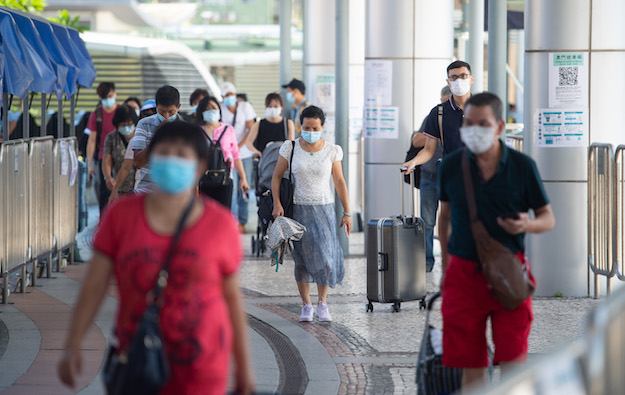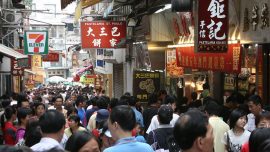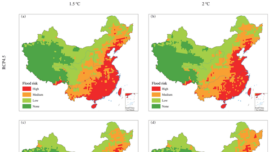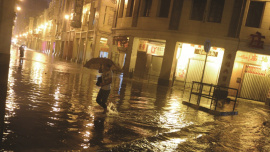
Macau Business | July 2022
By José I. Duarte | Economist, Macau Business Senior Analyst
In many parts of the world, tourism provides, directly and indirectly, a significant share of people’s income. Further, it is labour-intensive, with staff needs covering the full spectrum of qualifications. That means it is also a critical job provider for the less skilled segments of the labour force.
Efforts have been made over the years to find reporting procedures that follow and are compatible with the national accounts while highlighting the unique role performed by tourism-linked activities. One such tool is the so-called Tourism Satellite Account (TSA). It complements the system of national accounts centered on the calculation – or, more appropriately, estimation – of the National Gross Product and related statistics.
TSA includes several ‘specialized’ tables and calculates some relevant ratios. For clarity, let us briefly describe its main elements. First, the account attempts to estimate the direct consumption made by visitors in the various tourism-related activities. These activities will, as a rule, produce goods and services also used by the residents. Then, comparing the visitors’ consumption with the total supply of those sectors, we can compute a ratio representing how much tourism weighs in those activities– and how dependent they are on the business generated by tourism. Finally, we can estimate tourism’s Gross Added Value (GAV) and its contribution to the overall economic activity.
These figures are relevant for any careful analysis of tourism activities and their impact on the local economy. Unfortunately, they are usually out with a significant delay, which limits their usefulness for on-going policy monitoring and adjustments. TSA results for 2020 have just been published. They hint at the damage that has been and is being inflicted on this economy since the COVID outbreak.
Remember, the first month of that year was still a ‘normal’ month. Its economic figures represented, for most indicators, a slight contraction compared to the previous year. They would follow a slight downward trend that started several months earlier. But overall, they would fit and were not far from the regular oscillations of economic activity.

In line with most indicators, direct consumption made by visitors in 2020 dropped sharply to just one-fifth the value recorded in the previous year. But the impact on the various tourism-related activities was not the same for all.
Typically, gambling expenditure accounts for more than 80% of total tourist expenses. The sharp contraction registered did not change that feature; if anything, it reinforced it slightly.
The stronger contractions were indeed borne by the other typical tourism-dominated services – food and beverage, accommodation, and transportation – which contracted by more than 80 per cent. But none reached the level of travel agencies, which saw their visitors’ derived revenue drop to a mere 10 per cent of the 2019 figure.
Inevitably, gambling aside, all activities saw their tourist ratios decline. Gambling by residents is marginal, usually no more than one or two per cent of the total. That did not change in 2020. But, again, travel agencies were the most punished. Overall, the contribution of tourism to the region’s wealth dropped from over half of the economy to just 21 per cent.
These are dramatic figures. All we have seen since then suggests the prolongation, if not the deepening, of the economic agony and impoverishment well-illustrated by those figures. Such conditions are not sustainable, as should be evident by now. Existing labour and financial buffers cannot substitute for a functioning economy, and their mitigation powers are eroding fast. We must start measuring the costs and benefits of the current policies comprehensively, not only for their immediate economic impacts but also for their medium and longer-term effects, including their broader social and health consequences.
























